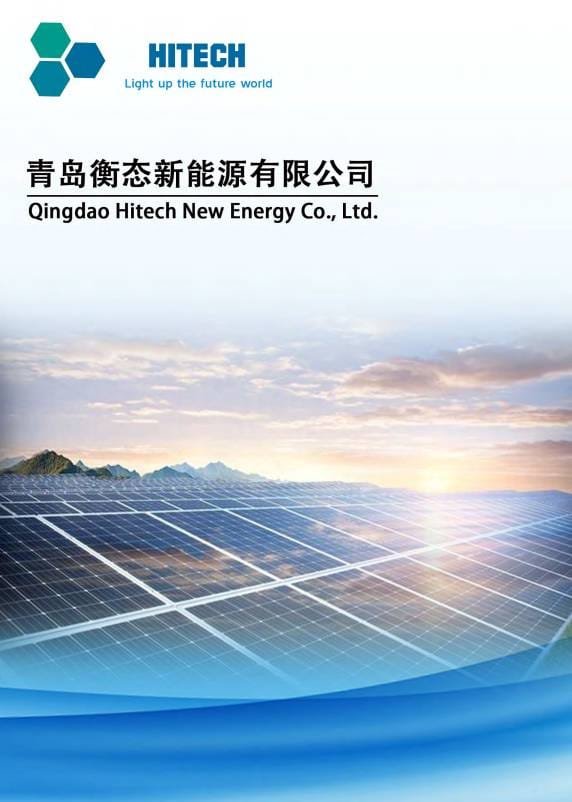Many buyers fall into procurement traps when sourcing solar street lights, leading to short lifespans, poor performance, and unexpected costs.
To avoid low-quality products, buyers must verify battery capacity, panel efficiency, LED chip quality, controller reliability, and casing durability. Checking supplier credentials and conducting third-party inspections are essential steps to ensure product quality.
Understanding these traps will help buyers make informed decisions and secure high-performance solar street lights.
Common Procurement Traps in Solar Street Lights?
Buying from unreliable suppliers can result in major issues such as fake battery capacities, weak LED performance, and system failures.
1.1 Fake Battery Capacity and Low-Quality Cells
🚨 Trap: Some suppliers overstate battery capacity (e.g., claiming 60Ah when it’s only 30Ah). Others sell lead-acid batteries disguised as lithium batteries.
✔ How to Avoid:
- Request battery brand details (prefer LiFePO4 or Grade-A lithium).
- Check actual discharge rate and cycle life in test reports.
- Avoid low-cost lead-acid batteries that degrade quickly.
1.2 Poor-Quality Solar Panels
🚨 Trap: Low-efficiency panels fail to generate enough power, leading to dim lighting or shorter runtimes.
✔ How to Avoid:
- Choose monocrystalline panels (higher efficiency than polycrystalline).
- Ask for wattage and conversion efficiency certificates (>19% efficiency is ideal).
- Verify actual panel output under real-world conditions.

1.3 Weak LED Chips with False Lumen Ratings
🚨 Trap: Suppliers claim 200W LED power, but they use low-lumen chips, reducing actual brightness.
✔ How to Avoid:
- Check actual lumens per watt (140-180lm/W is efficient).
- Ask for branded LED chips (Cree, Bridgelux, Philips).
- Confirm real-life brightness through sample testing.
1.4 Inefficient Controllers Causing System Failures
🚨 Trap: Cheap controllers cause overcharging, undercharging, or fast battery failure.
✔ How to Avoid:
- Use MPPT controllers (30% more efficient than PWM).
- Ensure controllers are IP65+ waterproof-rated.
- Ask for controller efficiency test reports.
1.5 Inferior Casing and Heat Dissipation Issues
🚨 Trap: Thin aluminum/plastic casings cause overheating and early LED failure.
✔ How to Avoid:
- Choose die-cast aluminum housing for durability.
- Ensure anti-corrosion coatings for humid climates.
- Check the thickness of the heat sink to ensure proper dissipation.
Supplier Red Flags and How to Identify Them?

To avoid unreliable suppliers, check for common red flags.
| Red Flag | Risk | Solution |
|---|---|---|
| No third-party certifications | Fake quality claims | Request CE, RoHS, IEC, or UL certifications |
| No sample testing allowed | Hidden defects | Demand a sample before bulk orders |
| Unrealistically low prices | Poor materials used | Compare specs across multiple suppliers |
| No warranty or short-term warranty | No after-sales support | Choose suppliers with 3-5 years warranty |
Key Steps to Ensure Quality Procurement?

To prevent falling into procurement traps, follow these best practices.
✔ Ask for sample reports: Verify light intensity, battery discharge cycles, and panel efficiency.
✔ Negotiate detailed specifications: Ensure wattage, lumen output, and battery capacity are clearly stated in contracts.
✔ Work with reputable brands: Avoid unknown suppliers without verified reviews.
✔ Inspect before shipment: Use third-party inspection services in China to verify quality.
Conclusion
Avoiding solar street light procurement traps requires careful verification of product specifications and supplier credentials. Investing in high-quality materials and conducting third-party inspections before shipping can save significant costs in the long run. A cheaper product today could lead to higher maintenance costs later—invest wisely!


